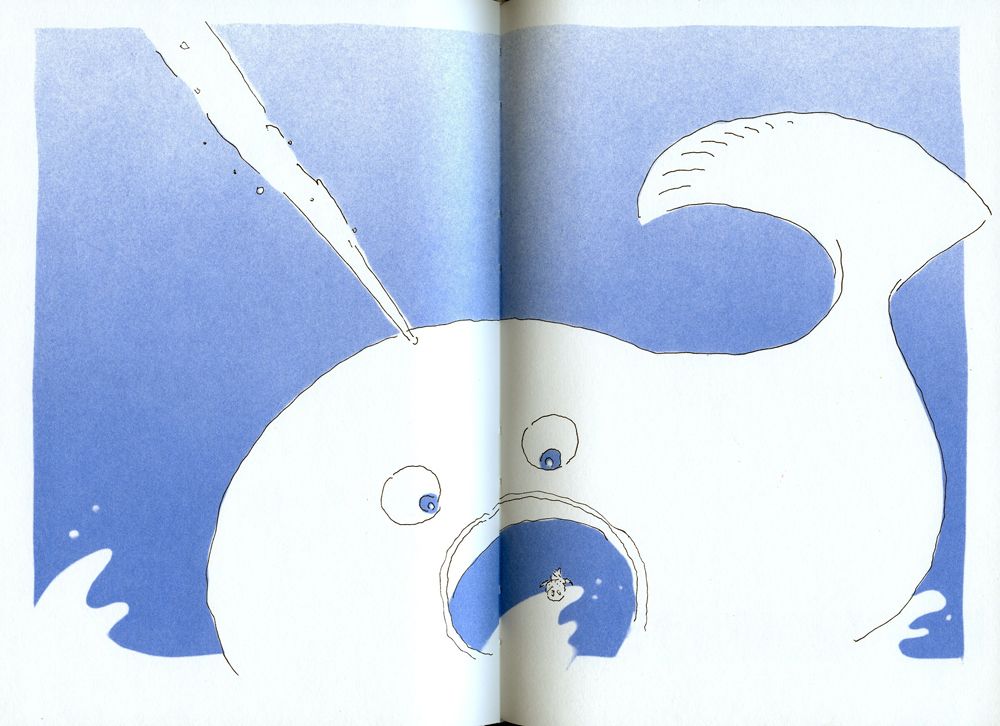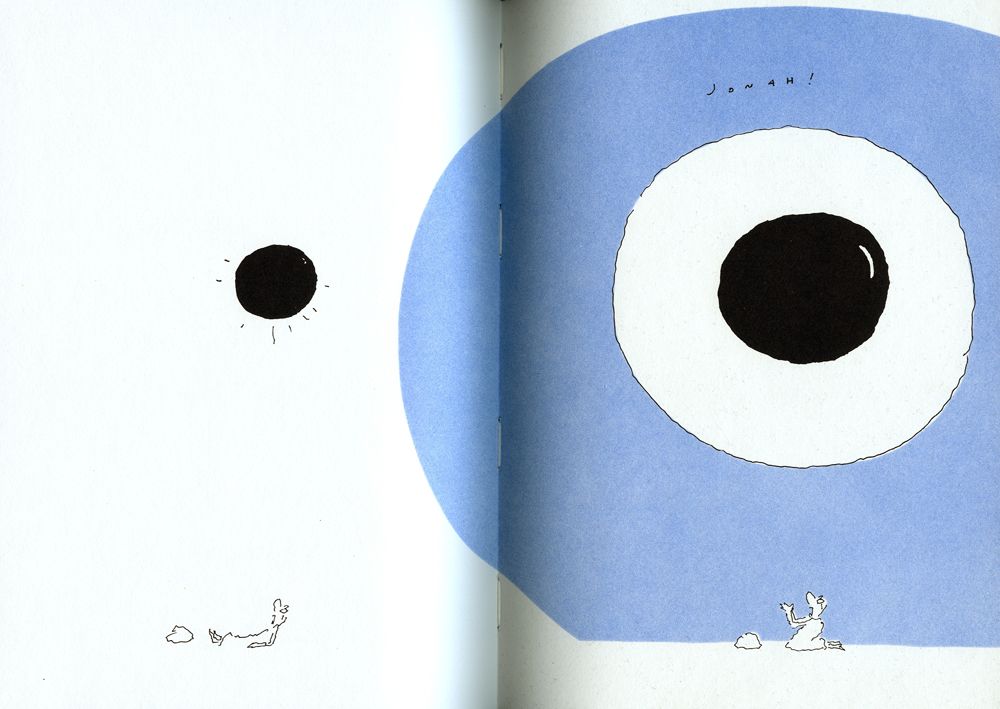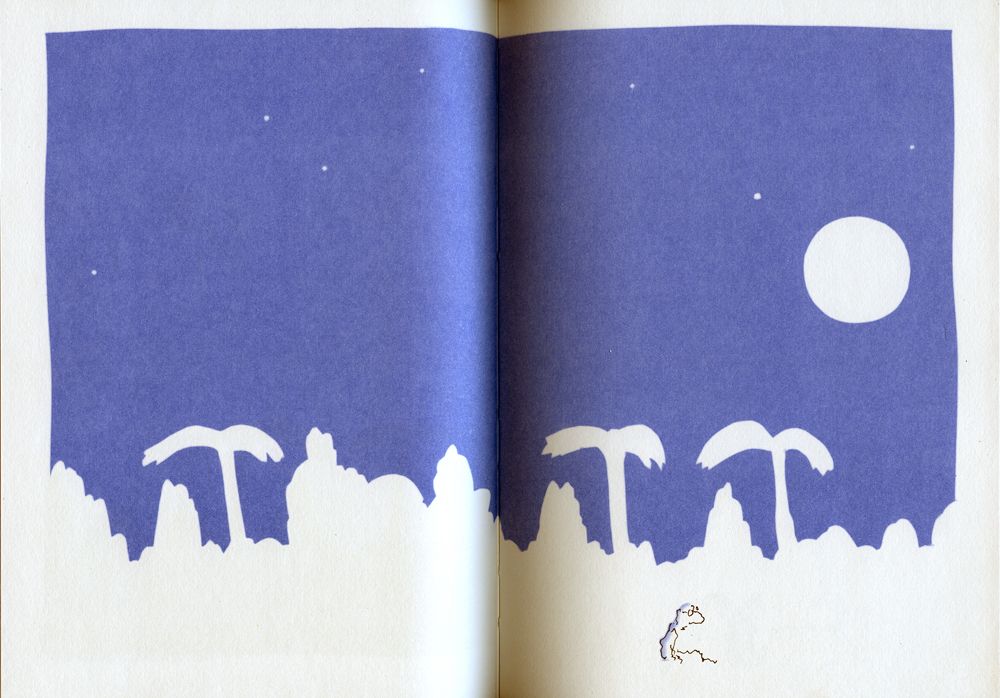One of the books I'm most looking forward to the most this fall is Talking Lines by R.O. Blechman (and published by Drawn & Quarterly). I believe this is a collection of new material, but I'm hoping that D&Q or someone makes an effort to re-release the myriad number of books in Blechman's back catalog.
Why? Who is this guy? The odd (and perhaps sad) thing about Blechman is that outside of certain small circles he isn't really well known, his style is more recognizable than his name -- if I were to point out some of his work you'd likely say "Oh yeah, that guy." He's the M. Emmet Walsh of cartoonists.
And yet he's a fabulous talent, a man who's published several successful books, children's stories and graphic novels, long before that term came to the fore. He's done illustrations for folks like The New Yorker, The New York Times and more recently The Huffington Post. He was a contributor to Harvey Kurtzman's Humbug magazine back in the day. His work has exhibited in the Museum of Modern Art! The man's got credentials. And yet, for some odd reason, in comics circles Blechman remains persona non grata.
Most of you, however, probably know Blechman not from his comics but from his animated cartoons. If, like me, you grew up during the 70s and 80s, you couldn't turn on a TV without seeing his commercials for Perrier or Alka Seltzer, like the one he did with the man arguing with his stomach. But he's done a number of sublime films and short cartoons on a variety of subjects. His version of Stravinksy's Soldier's Tale, for example, remains one of my favorite animated films of all time.
There's not much of his work on YouTube, but here's a Christmas short he did for CBS back in 1966:
Blechman has done a bunch of comics too, very few of which are still in print. Probably his most recent graphic novels are 1997's The Book of Jonah and 1996's The Life of Saint Nicholas. As you might guess from those titles, spirituality and Christianity are reoccurring themes in Blechman's work, though he never approaches it with the insufferable self-righteousness of the pious. His work is much more questioning, reflective, sly and self-aware to suffer from that sin.
What fascinates me about Blechman's work is how he's able to make so much out of so little. His art, after all, consists of a barely-there squiggle that can't seem to walk in a straight line no matter what. His backgrounds rarely consist of little more than a few simple shapes -- usually the characters interact behind a blank white background. If Geoff Darrow has a polar opposite, then Blechman may well be it.
Yet he's makes incredibly good use of his talents, utilizing the blank spaces in his work to accentuate a character's emotional state or highlight a dramatic moment. His use of color to denote place and mood can be breathtaking at times. I don't know of another living, working cartoonist (no, not even John Porcellino) who's able to wring so much eloquence and humor out of so few lines.
Apart from Jonah and Nicholas, the best starting point for newcomers may be his 1980 autobiography Behind the Lines, since it contains a nice collection of cartoons, strips, animation cells and other work, including the Juggler of Our Lady, the medieval fairy tale that first got Blechman noticed.
Regardless, I hope D&Q or some publisher of note makes the effort to bring more of Blechman's work back into print soon. We're living in an amazing age where a number of artists that had heretofore fallen into obscurity -- Doug Wright, Boody Rogers, Fletcher Hanks -- are being rediscovered and appreciated. Although he hasn't slid into obscurity yet, I fear Blechman may in the years to come unless he receives same loving treatment.



